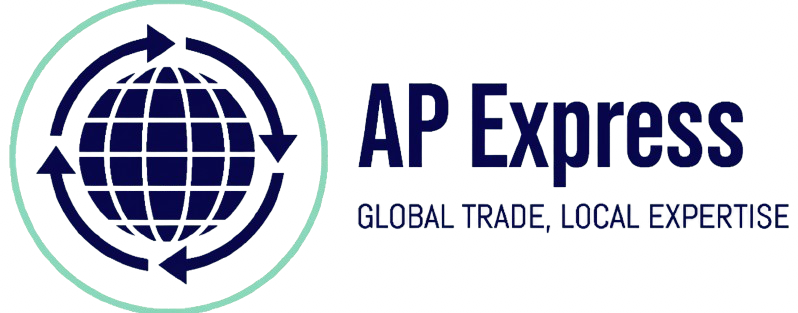ThinK Big, ship easy.
Anything’s Possible
with AP Express Logistics.
AP Express Logistics
AP Express is a 3PL and transportation company specializing in customized supply chain solutions to meet the unique needs of our customers. From retail distribution, to ecommerce fulfillment, to transportation, we know how to get your products where they need to be when they need to be there.

Orders Processed Daily
Sq.Ft. of Warehouse Space
Locations in Southern California and Las Vegas
Owned and Operated Trucks
Years Exceeding Customer Expectations
Why AP Express?
Expertise
Founded in 1992, AP Express has been driving supply chain excellence for our customers for over 30 years. Our executive team has backgrounds leading supply chain teams for the likes of Tommy Hilfiger, Microsoft, Ralph Lauren, QVC, and more. We have deep expertise in the retail supply chain, know the challenges and, most importantly, know how to overcome them.


Support
Each AP Express customer has a named account team consisting of a General Manager, Account Manager, and Customer Success Representative.
Depending on each customer’s needs, we have daily or weekly status calls and quarterly business reviews to highlight KPIs, performance and forecast upcoming projects. We provide real time access to inventory, shipment status, and service level performance. Our customers also have direct access to our experienced executive team.
Support
Each AP Express customer has a named account team consisting of a General Manager, Account Manager, and Customer Success Representative.
Depending on each customer’s needs, we have daily or weekly status calls and quarterly business reviews to highlight KPIs, performance and forecast upcoming projects. We provide real time access to inventory, shipment status, and service level performance. Our customers also have direct access to our experienced executive team.

We make the move easy
At AP Express, we offer our new customers a seamless transition.
- Concerned about system integrations? AP Express has plug ins to all major Ecommerce and ERP systems for fast and low-lift implementations
- Worried about EDI with retailers? AP Express is prebuilt to all the majors
- Worried about managing the move? AP Express has our own fleet of trucks and will manage the entire move – at cost.
Depending on the situation, we’ve been able to help our customers make the switch in under 30 days.

Warehousing and Transportation Solutions
Ecommerce Fulfillment
Same-day shipping, real-time inventory, easy integration to Shopify, WooCommerce, and more.
Retail Distribution
Pre-built EDI connections to all major retailers, routing compliance expertise, shipment accuracy and timeliness.
Amazon Fulfillment
Fulfill By Amazon (FBA) and Fulfill by Merchant (FBM) expertise. Inventory syncing and same day shipments.
Transportation
Asset-based Truck Fleet with Lift Gates throughout California and Nevada, Transloads, White Glove, Global Brokerage Services.
Value Added Services
Kitting, Assemblies, Quality Control, Customized Packaging, Repackaging and Rebranding, and more.
Returns & Reverse Logistics
Detailed Inspection and Assessments, Rapid Processing, and Real-time tracking and Visibility.
How can we help you?
Fulfillment by Amazon (FBA)
For businesses leveraging Amazon’s vast network, our 3PL services for Amazon streamline your supply chain and enhance your product’s reach.
Fulfillment by Merchant (FBM)
For Amazon sellers who want to maintain control over their fulfillment process, our 3PL services for Amazon FBM offer a comprehensive and flexible solution.

